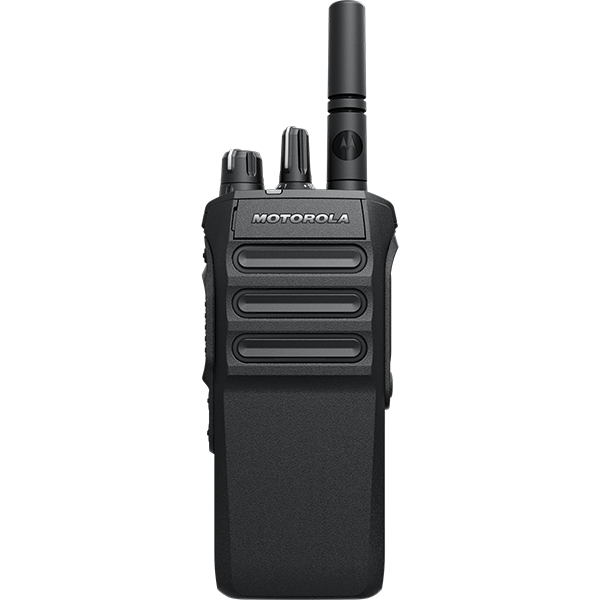
In 2007, the Digital Mobile Radio (DMR) standard was introduced for the same types of applications using digital technology.
The voice message is encoded into binary packets (ones and zeroes). These packets of numbers are then able to modulate the frequency of the carrier wave. The modulated frequency of a digital signal is not a continuous wave but instead an intermittent stepped change.
This method provides a number of benefits over analogue two way radio systems.
The main benefits include:
Licenced digital radio systems can combine hand portables, mobile radios, fixed desk radios, repeaters and software applications to provide a complete solution.
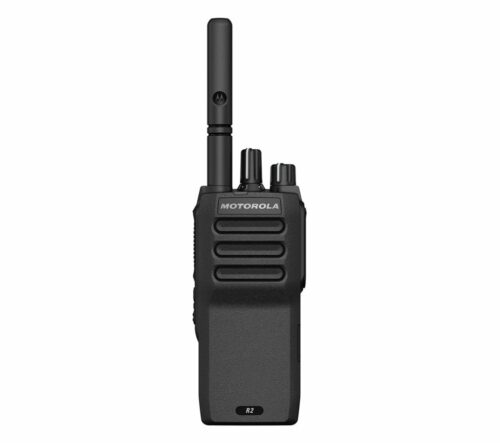
Motorola
R2D
Features
In Stock
RRP From £317.00 ex. VAT
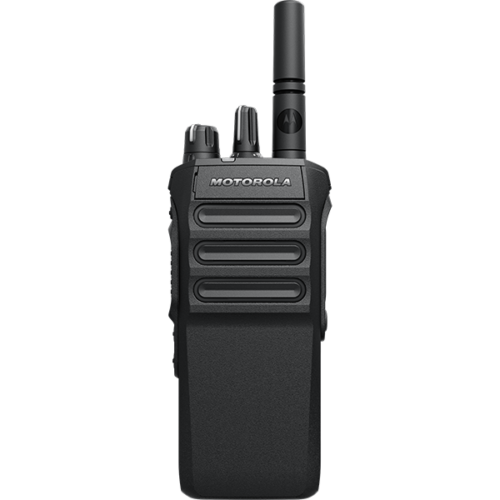
Motorola
R7NKP
Features
In Stock
RRP From £670.00 ex. VAT
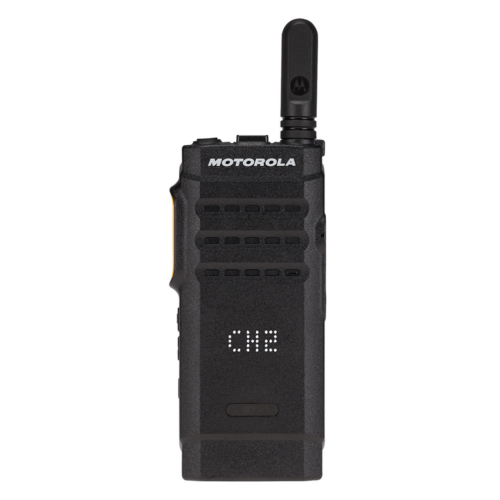
Motorola
SL1600
Features
In Stock
RRP From £408.00 ex. VAT
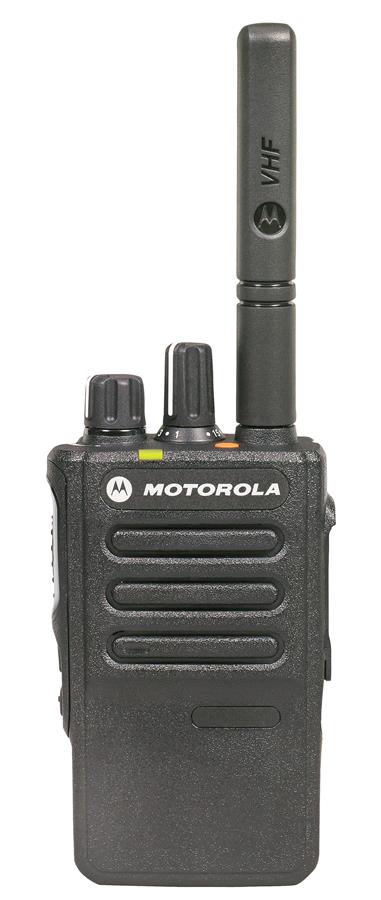
Motorola
DP3441e
Features
In Stock
RRP From £575.00 ex. VAT
For licenced digital two way radios, yes. If you already have an Ofcom licence we can program the equipment to that configuration. If you haven’t got a licence, we can assist you with the application process.
No. When digital technology was first introduced there wasn’t a standard set. Whilst some manufacturers used the same technology to develop their products, some created their own standard.
In most instances, yes. Most models of digital two way radio have the ability to work in analogue mode. This allows for a migration from analogue to digital, spreading the cost and allowing a phased change over.
The list of benefits above highlight some of the reasons why digital is better than analogue. Manufacturers are also looking at how digital two way radio can be integrated into other systems to give a complete solution.